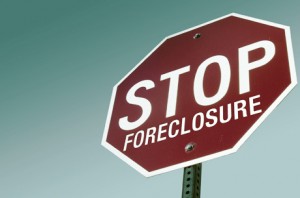 Most people borrow money to purchase a house or a car. The lender gives the borrower money based upon their promise to repay the debt. The document that evidences the debt is a promissory note. However, the lender isn’t giving the money without some sort of protection in case the borrower doesn’t pay. The lender will usually require that the borrower give a security interest in the property being purchased. This security interest when a home is purchased is call a mortgage. The lien is a descriptive term describing the mechanism that attaches the note to the property. The bottom line is that the lien enables the lender to foreclose on a house or repossess a car if they do not make payments.
Most people borrow money to purchase a house or a car. The lender gives the borrower money based upon their promise to repay the debt. The document that evidences the debt is a promissory note. However, the lender isn’t giving the money without some sort of protection in case the borrower doesn’t pay. The lender will usually require that the borrower give a security interest in the property being purchased. This security interest when a home is purchased is call a mortgage. The lien is a descriptive term describing the mechanism that attaches the note to the property. The bottom line is that the lien enables the lender to foreclose on a house or repossess a car if they do not make payments.
Sometimes liens come into existence without permission from the borrower. For example, if a creditor sues a debtor for not paying a debt and gets a judgment, that creditor can attach the judgment to any nonexempt property owned by the debtor. That type of lien is known as a judicial lien. In Texas, money in bank accounts that aren’t funds received from the Social Security Administration are considered nonexempt property. This means that the funds can be garnished by the judgment creditor. Creditors do this by filing a writ of garnishment against the account. The money in the account is then held by the bank and eventually released to the creditor. When the garnishment attaches to the account it creates a lien against the funds in the account. Judicial liens can be avoided in bankruptcy. Debtors who quickly file bankruptcy after having a bank account frozen by a judgment creditor can have that lien removed by filing a motion to avoid lien. The bankruptcy filing needs to happen quickly because once the funds are released to the creditor they most likely cannot be retrieved. For more information about judicial liens in the state in which you live, please contact a local bankruptcy attorney.